
Redesign Your School Athletic Pavilion | 2014 National High School Architecture Competition #254
The problem is to redesign the athletic facilities of HPRHS into an athletic pavilliion for the community to connect, cheer, and fight obesity. From observing the school's existing facilities, I will determine what we need while considering sustainability issues and their environmental impact. Required spaces for my design must include: locker rooms, athletic equipment, storage rooms, concession stands, trophy cases, water fountains, offices for staff, bathrooms, weight rooms, and gym spaces.
kdyer5's work for the Collect Information step:
Summary
I researched the facilities of major colleges and contemplated what our school could use from their ideas.kdyer5's work for the Brainstorm Ideas step:
Summary
I observed our school existing facilities and figured out what needed to be improved, and what needed to be
Ideal location for the pavillion. Will include practice facilities, sport locker rooms, weight...
The current weight room. It's very crowded and normally not enough room for the equipment or...
All of the cardio equipment in a non insulated room off of the weight room. It gets very hot...
Floorplan of the school. Two gyms are on opposite sides, and trainer's office is very far from...
kdyer5's work for the Develop Solutions step:
Summary
These images show the different aspects of the pavillion and describes their purposes.
This is the exterior view of the pavillion, showing the open roof to the football field, driving...
First floor of the weight room. It has all power lifting equipment along with a 40 yard strip of...
Second floor of the weight room. It has all of the cardio equipment and is connected to the first...
The full first floor of the indoor gym area is shown here. It includes a two-floor weight room, two...
This is the first floor plan for the pavillion, showing the football field, driving range, and...
This is the first floor plan for the pavillion, showing the football field, driving range, and...
This is the first floor plan for the pavillion, showing the football field, driving range, and...

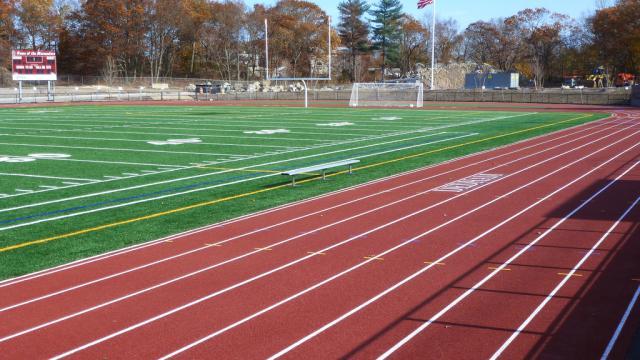








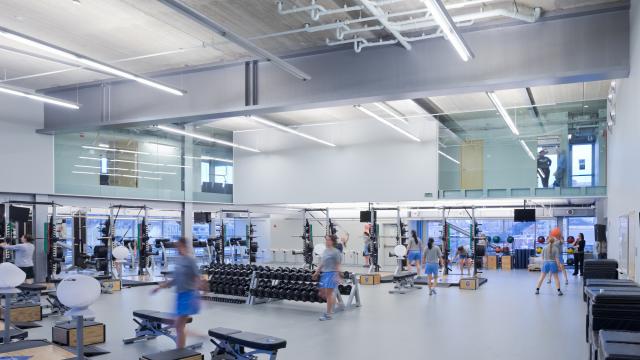
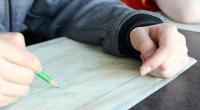







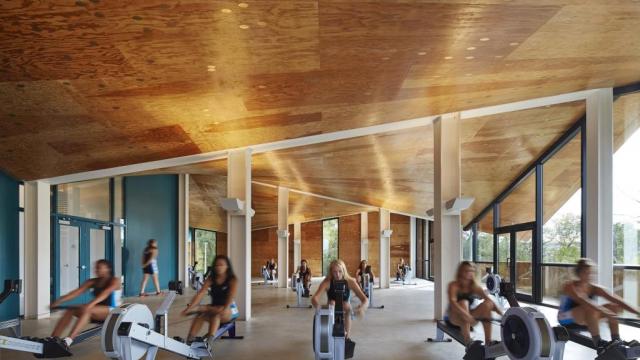








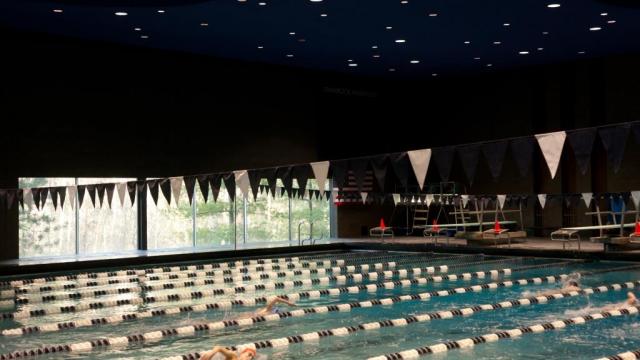

Comments
Don't forget to update your portfolio image!
Container houses will become your home sweet home if designed and planned carefully, and as much as possible maximize all the space to make more room for stuff. - BannersBroker